COVID-19 is intensifying violence in Black and poor communities
OPINION: This less reported public health and safety crisis has killed tens of thousands of people in the same period
The first COVID-19 death in the United States was reported one year ago. Since then, more than 500,000 people across the country have died as a result of the pandemic. But another, less reported public health and safety crisis has killed tens of thousands of people in the same period — violence.
When Americans first started feeling the impacts of the coronavirus, 2020’s rise in violence was both predictable and preventable. I know this firsthand. When I was 26 years old, I was shot twice in my back as I was leaving a convenience store. I could have easily become another homicide statistic, but instead, I started to organize and lead fellow victims of crime from communities most impacted by violence.
So when violence started to rise in the last year, I paid attention.
Read More: The problem of anti-Asian violence is not the doing of Black people
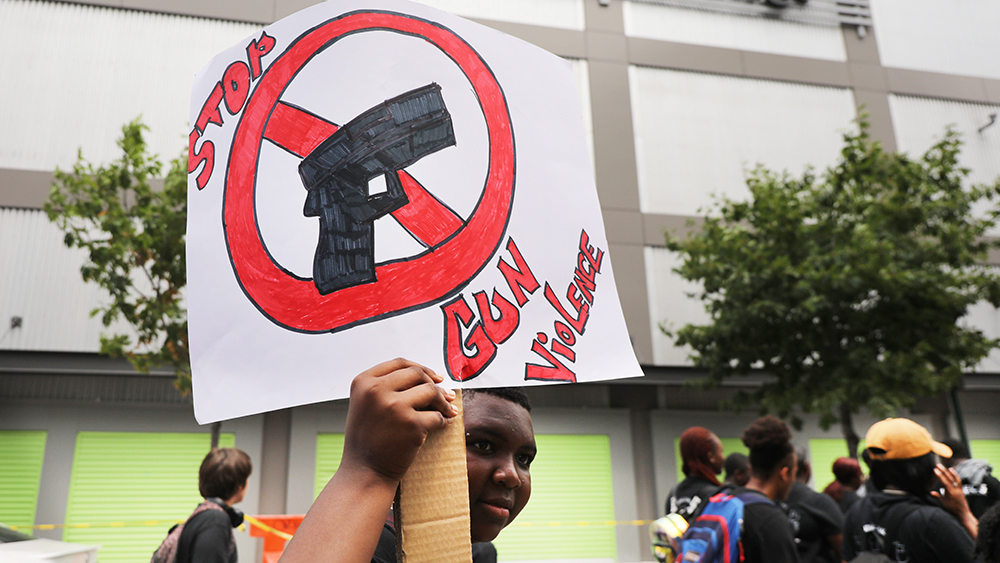
In total, crime has been trending downward across America for at least two decades and is currently at a historic low. Yet, many communities still continued to experience concentrated violence, and the conditions created by COVID-19 have exacerbated a crisis that has been building for years.
We cannot separate COVID-19 and rising violence. Together, they represent the largest public health crisis facing our communities, and the ways we have failed to address these issues are closely intertwined. For most of the year, Americans struggled with previously unimaginable challenges, fear, and economic insecurity that threatened access to food, housing, and employment.
But long before that, our failure to advance real safety solutions in poor communities and communities of color —the same communities that saw a sharp increase in homicides last year and have been hardest hit by COVID-19 —led us to this moment.
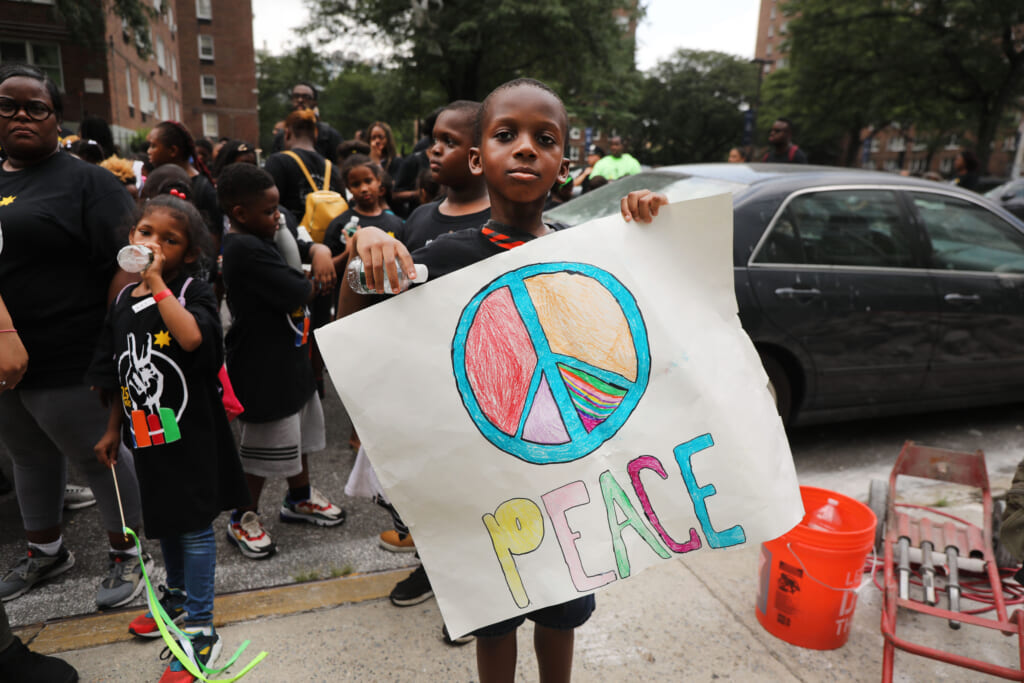
Even before the pandemic, these communities experienced intense levels of violence and heightened physical, mental, emotional and financial stresses as a result of limited opportunity and underinvestment. The compounded effect of threadbare essential services, like health and mental health care, stable housing and even adequately maintained parks and schools, created a system not designed to promote health and safety for those who need it most.
Read More: In poor districts, pandemic overwhelms school counselors
During my own recovery process, I learned that one of the teenagers who had pulled a trigger on me was also a victim of gun violence. And just like me, no one from the public safety system provided the support he needed to help manage the trauma. Ever since that day, I have imagined how much safer we all would all be if our system emphasized healing over punishment. Tens of thousands of other crime victims wonder the same thing.
The dual public health crises of COVID-19 and rising homicide rates have strained the already underfunded, informal safety net that so many communities traditionally rely on. Four out of five critical services providers surveyed last year reported an increased need for their services because of the pandemic, along with a diminished ability to provide them. Nearly two-thirds indicated that they had stopped providing some services or closed operations altogether due to COVID-19. Nearly one in five reported layoffs.
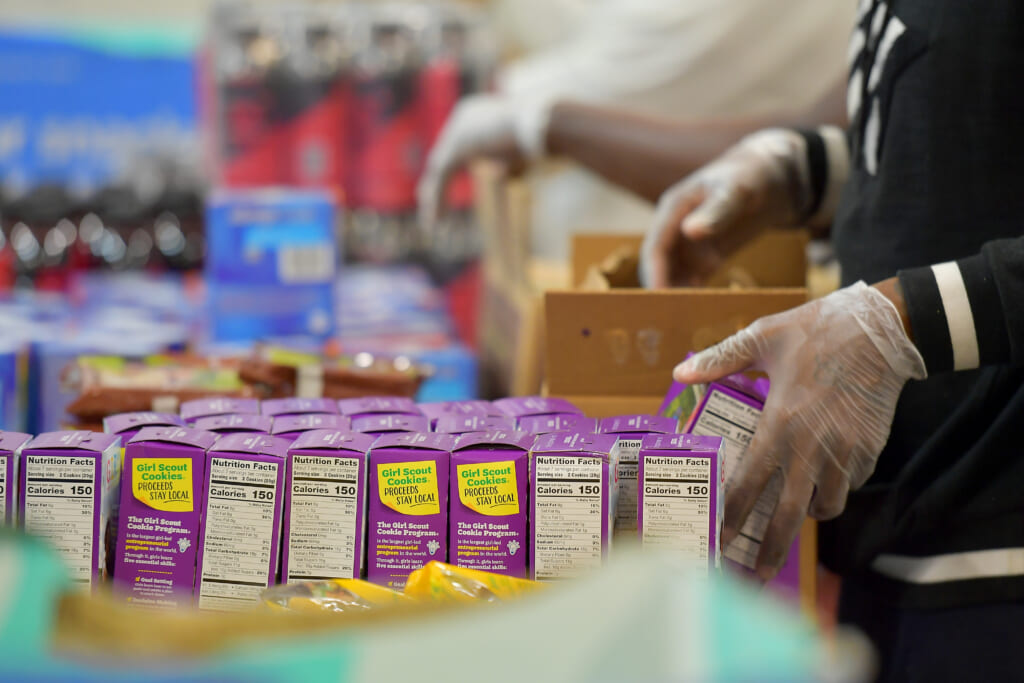
Decades of excessive expenditures into policing and failed mass incarceration, at the expense of proven safety solutions, left domestic violence shelters, food banks, community-based clinics, and other critical assistance providers without the resources necessary to do their work. In turn, our most under-resourced communities have faced immeasurable challenges with little assistance. As a society, we can’t take away the few supports that exist to keep people living on the margins from falling through the cracks and expect different outcomes than the ones we see now.
If we’re going to create a sense of shared safety for all people, we have to abandon ineffective policing- and prisons-first policies in favor of addressing the root causes of violence and instability.
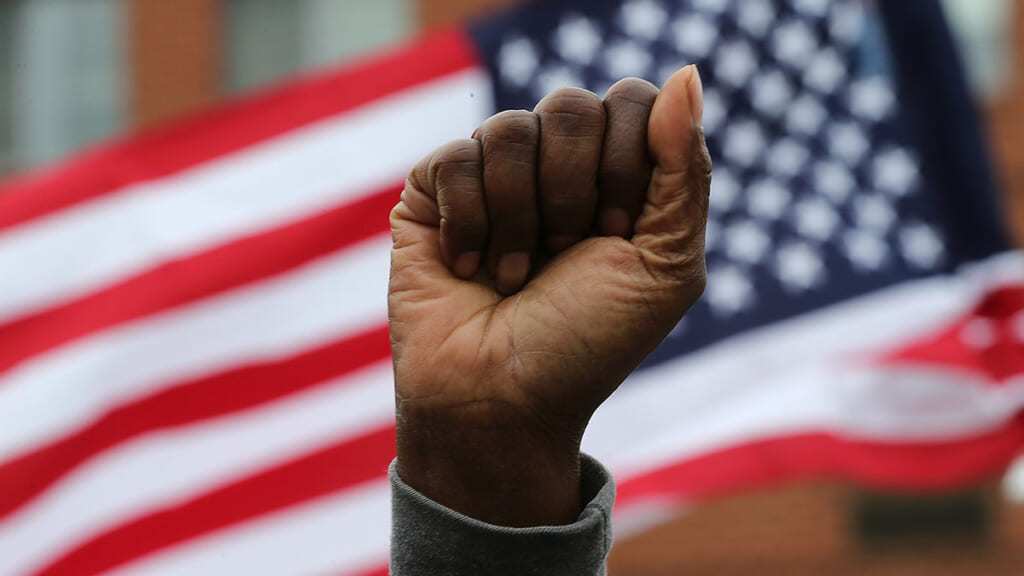
We cannot afford to divert critically important resources away from effective solutions. We must prioritize support for families and victims of violence right now. Our communities can’t wait. That means expanding support for programs that are either currently closed or struggling because of COVID-19, ensuring they have the resources to operate safely. Lawmakers need to make a concerted effort to stop the cycle of violence through violence prevention outreach, home-based victim outreach, expedited victim compensation, and immediate connectivity to trauma recovery services.
We’ll begin breaking the cycle of violence, and reversing the current trend, when we address job losses, inadequate health and mental health care, insufficient access to substance use counseling, shortages in domestic violence shelter bedspace, insufficient financing for community-based public safety efforts, lack of an infrastructure for victim services, and poorly supported reentry programming.
It’s long past time for us to get serious about helping crime victims and preventing, rather than just reacting to, violence. What communities suffering most from COVID-19 and increased homicide rates now need is healing. Healing from the virus. And healing from the violence and trauma that have been allowed to spread, without constraint, for generations.
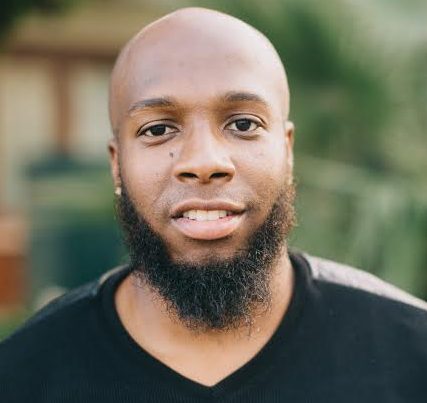
Aswad Thomas is Chief of Organizing for Alliance for Safety and Justice and National Director of its 42,000-member volunteer network, Crime Survivors for Safety and Justice.
Have you subscribed to theGrio’s podcast “Dear Culture”? Download our newest episodes now!
TheGrio is now on Apple TV, Amazon Fire, and Roku. Download theGrio today!
The post COVID-19 is intensifying violence in Black and poor communities appeared first on TheGrio.

